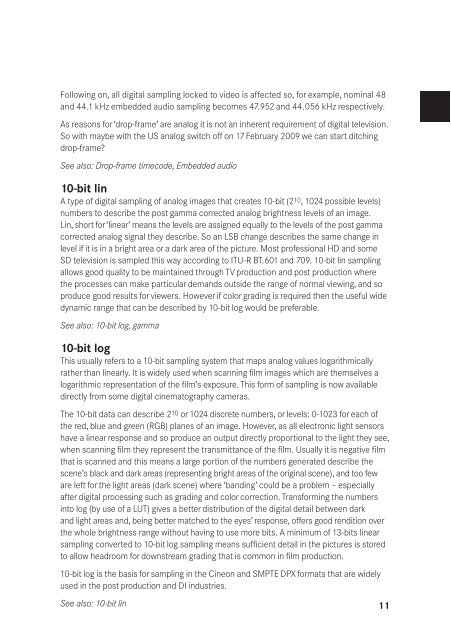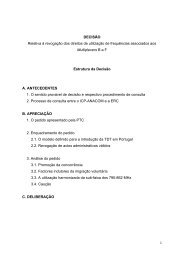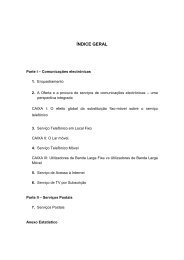The Digital Fact Book - Quantel
The Digital Fact Book - Quantel
The Digital Fact Book - Quantel
- No tags were found...
Create successful ePaper yourself
Turn your PDF publications into a flip-book with our unique Google optimized e-Paper software.
Following on, all digital sampling locked to video is affected so, for example, nominal 48and 44.1 kHz embedded audio sampling becomes 47.952 and 44.056 kHz respectively.As reasons for ‘drop-frame’ are analog it is not an inherent requirement of digital television.So with maybe with the US analog switch off on 17 February 2009 we can start ditchingdrop-frame?See also: Drop-frame timecode, Embedded audio10-bit linA type of digital sampling of analog images that creates 10-bit (2 10 , 1024 possible levels)numbers to describe the post gamma corrected analog brightness levels of an image.Lin, short for ‘linear’ means the levels are assigned equally to the levels of the post gammacorrected analog signal they describe. So an LSB change describes the same change inlevel if it is in a bright area or a dark area of the picture. Most professional HD and someSD television is sampled this way according to ITU-R BT.601 and 709. 10-bit lin samplingallows good quality to be maintained through TV production and post production wherethe processes can make particular demands outside the range of normal viewing, and soproduce good results for viewers. However if color grading is required then the useful widedynamic range that can be described by 10-bit log would be preferable.See also: 10-bit log, gamma10-bit logThis usually refers to a 10-bit sampling system that maps analog values logarithmicallyrather than linearly. It is widely used when scanning film images which are themselves alogarithmic representation of the film’s exposure. This form of sampling is now availabledirectly from some digital cinematography cameras.<strong>The</strong> 10-bit data can describe 2 10 or 1024 discrete numbers, or levels: 0-1023 for each ofthe red, blue and green (RGB) planes of an image. However, as all electronic light sensorshave a linear response and so produce an output directly proportional to the light they see,when scanning film they represent the transmittance of the film. Usually it is negative filmthat is scanned and this means a large portion of the numbers generated describe thescene’s black and dark areas (representing bright areas of the original scene), and too feware left for the light areas (dark scene) where ‘banding’ could be a problem – especiallyafter digital processing such as grading and color correction. Transforming the numbersinto log (by use of a LUT) gives a better distribution of the digital detail between darkand light areas and, being better matched to the eyes’ response, offers good rendition overthe whole brightness range without having to use more bits. A minimum of 13-bits linearsampling converted to 10-bit log sampling means sufficient detail in the pictures is storedto allow headroom for downstream grading that is common in film production.10-bit log is the basis for sampling in the Cineon and SMPTE DPX formats that are widelyused in the post production and DI industries.See also: 10-bit lin11







